Inventory: Travel / Palm Springs
Modern marvel
Green shoots in California’s storied oasis make this the ideal moment to visit.
If the brochures are to be believed, Frank Sinatra crooned and caroused his way around much of Palm Springs. It’s a claim to fame that hotels and bars in this Californian desert city still trade on – especially at the Purple Room, a cabaret lounge built in 1960 at which Ol’ Blue Eyes would sometimes get up on stage.
“Palm Springs was the playground of the stars,” says Michael Holmes, who revived the Purple Room almost a decade ago and caters to healthy crowds every night. “At the time, actors weren’t allowed to be more than 100 miles [161km] away from the studio when they were in production – and this is 100 miles from Hollywood.”
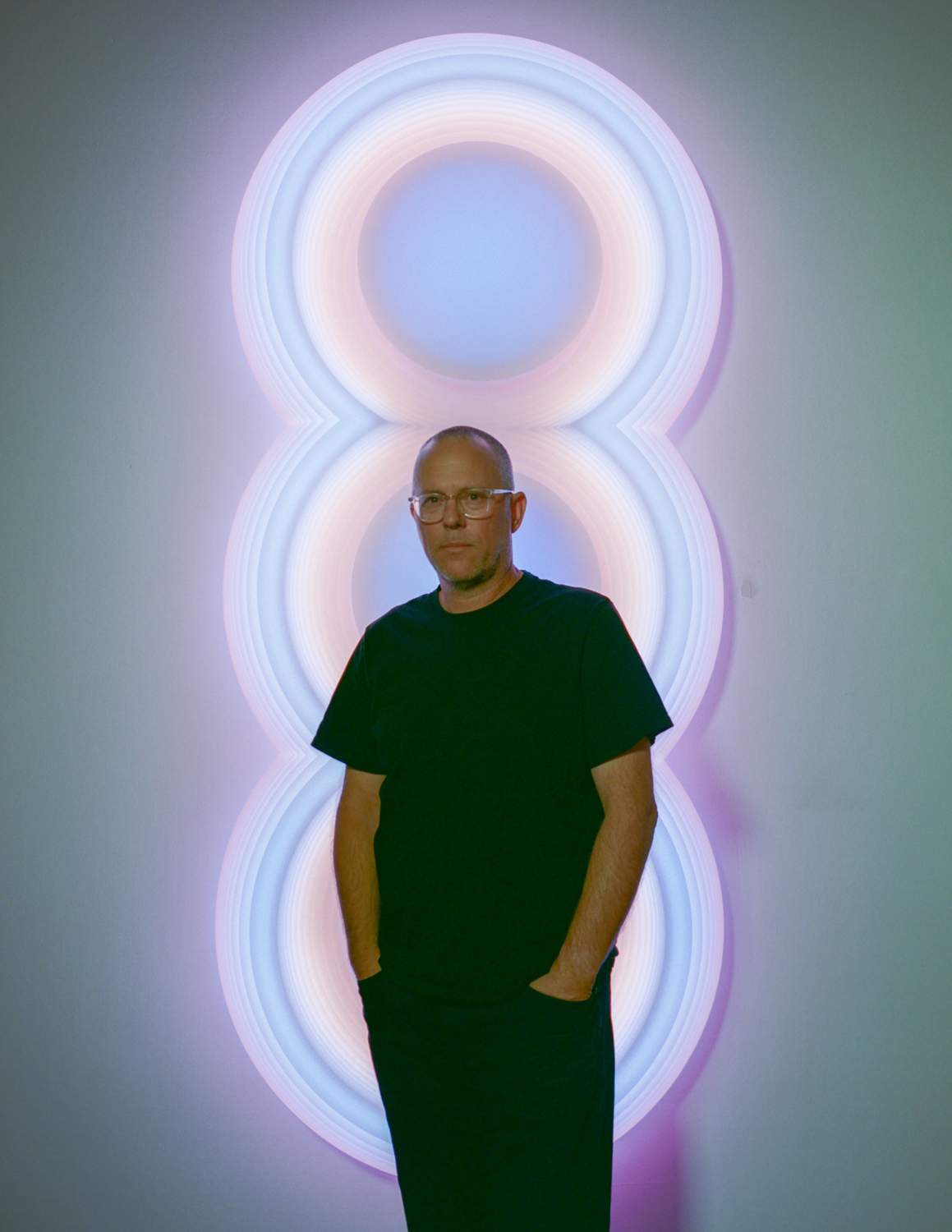
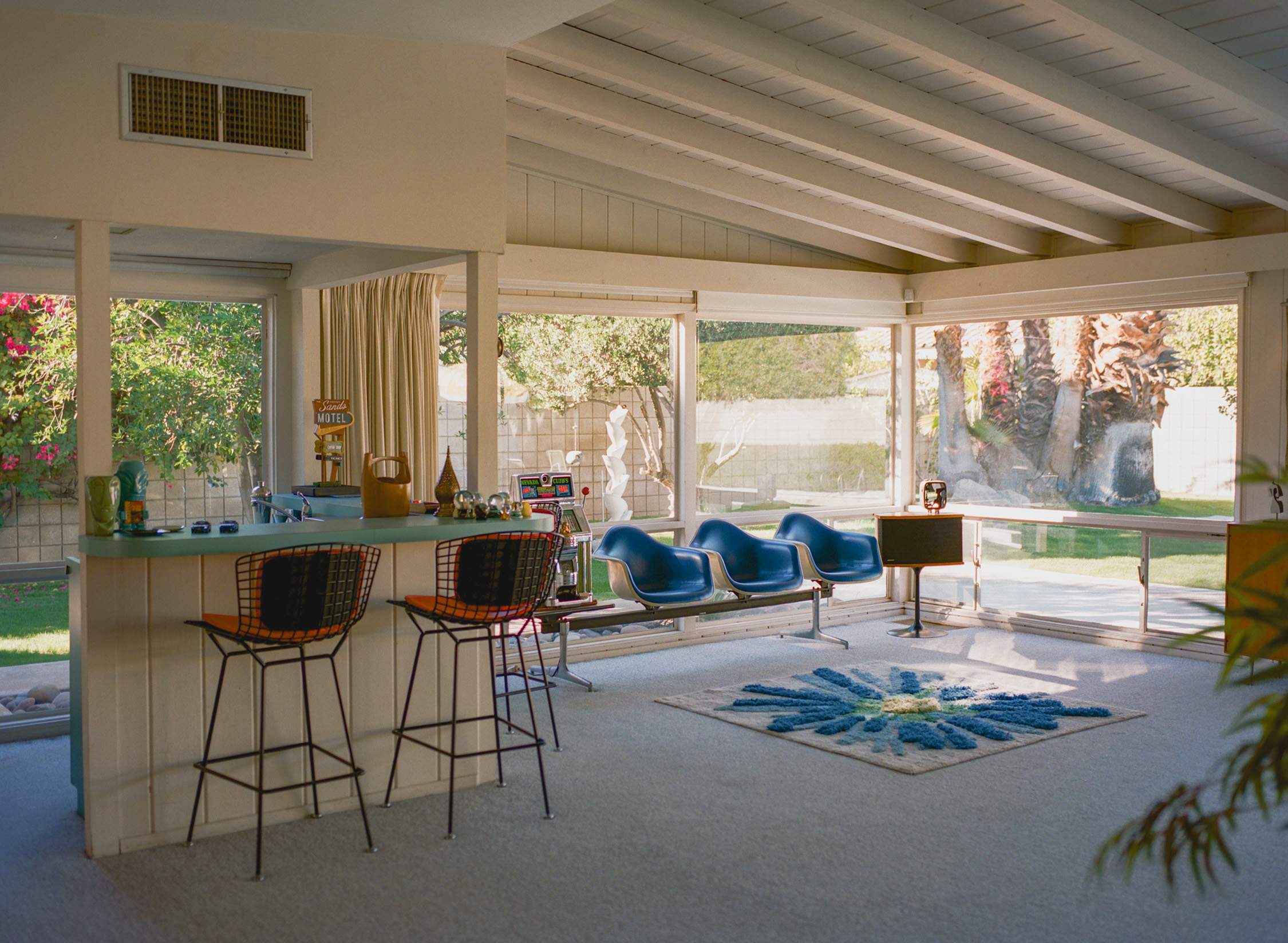
Holmes, an accomplished jazz singer who also performs a stage show dressed as Judy Garland, first came to Palm Springs to flee a cold Chicago winter. This oasis city of perfect blue skies has long been a place that people escape to. In the 1930s it was the desert hideout for stars seeking refuge from the Los Angeles press. Then it was a seasonal bolthole for sun-seeking retirees. More recently it has been a pit stop for festival-goers on their way to Coachella.
Palm Springs provided the backdrop for the martini- swilling fictional utopia of the film ‘Don’t Worry Darling’
Palm Springs holds a special place in the American imagination – people say that they can feel their shoulders drop as they cross its city limits – but having a captive audience has meant that some of the hotels and places to eat were resting on their laurels. The past few years, however, have brought a fresh breeze that’s ruffling the city’s fronds. The extraordinary collection of mid-century buildings – homes created for California’s elite by leading American modernists such as John Lautner and Albert Frey – now attract a global audience. In February, more than 130,000 people descended on Palm Springs during its annual Modernism Week, when the people living in many of these restored houses open their doors to the public. In 2022, Palm Springs provided the backdrop for the martini-swilling fictional utopia of the film Don’t Worry Darling. These houses, with their crisp roof lines and 1950s panache, have soared in value as people decamp to the desert to seek open spaces and a place where the sun shines every day.
With this renewed interest has come a swath of new hoteliers and restaurateurs catering to a changing crowd. During the week that Monocle spent in Palm Springs, a new hotel by Life House opens and a Hyatt Thompson downtown is nearing completion.
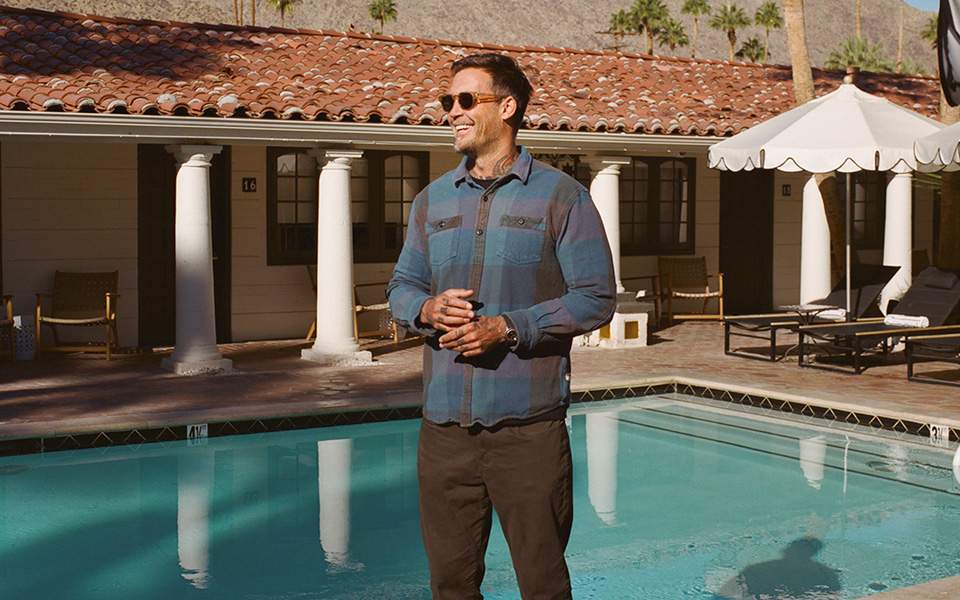
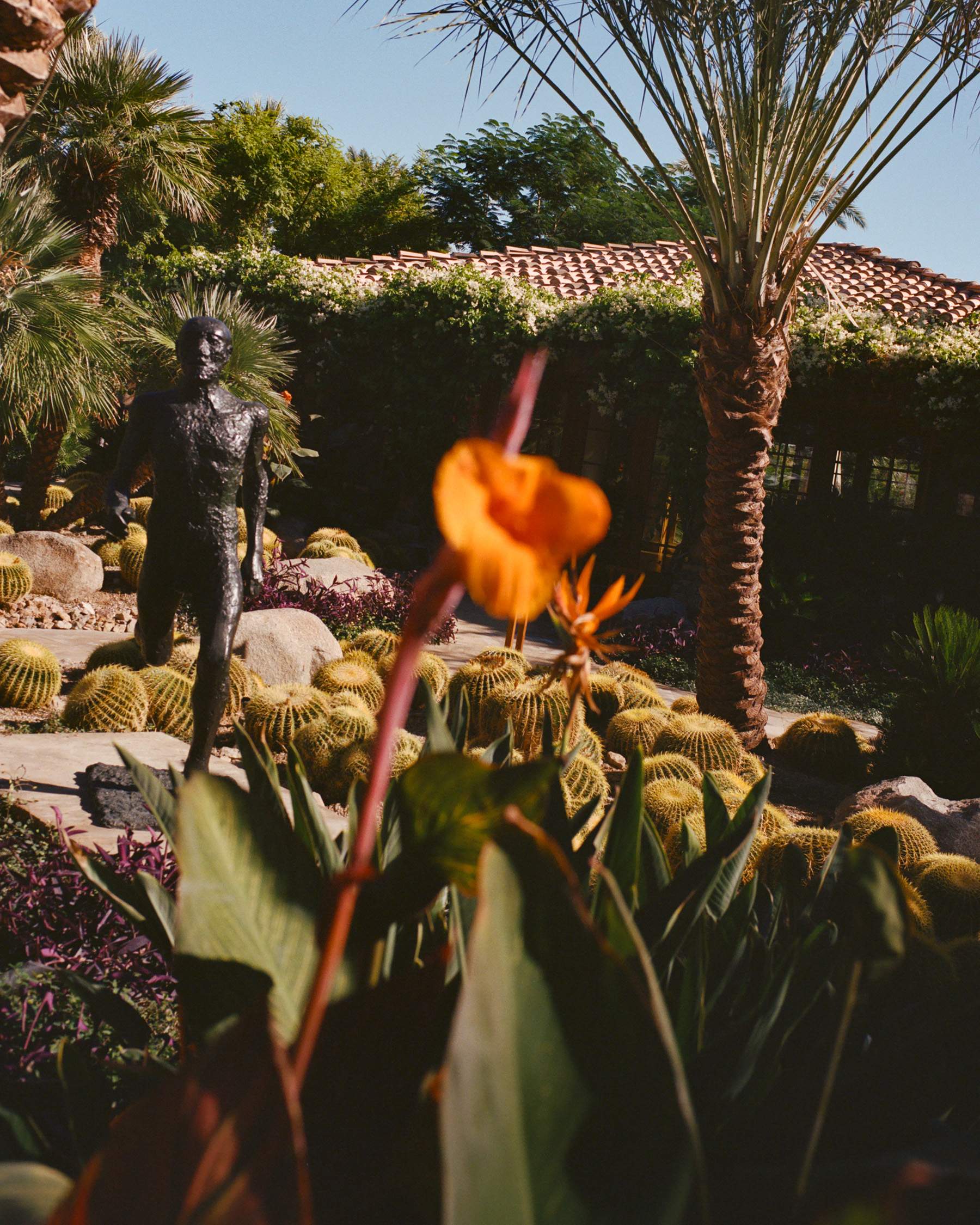
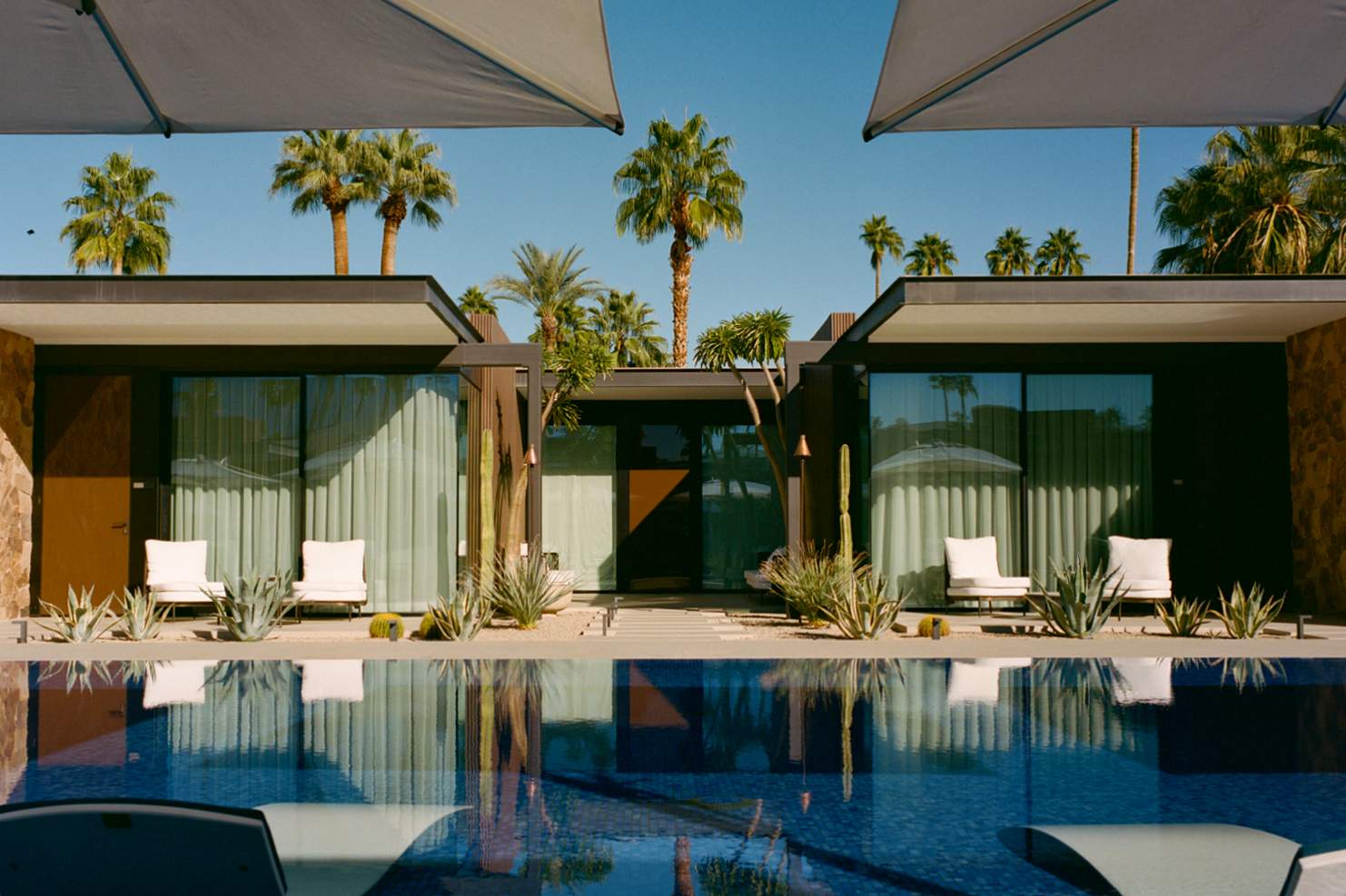
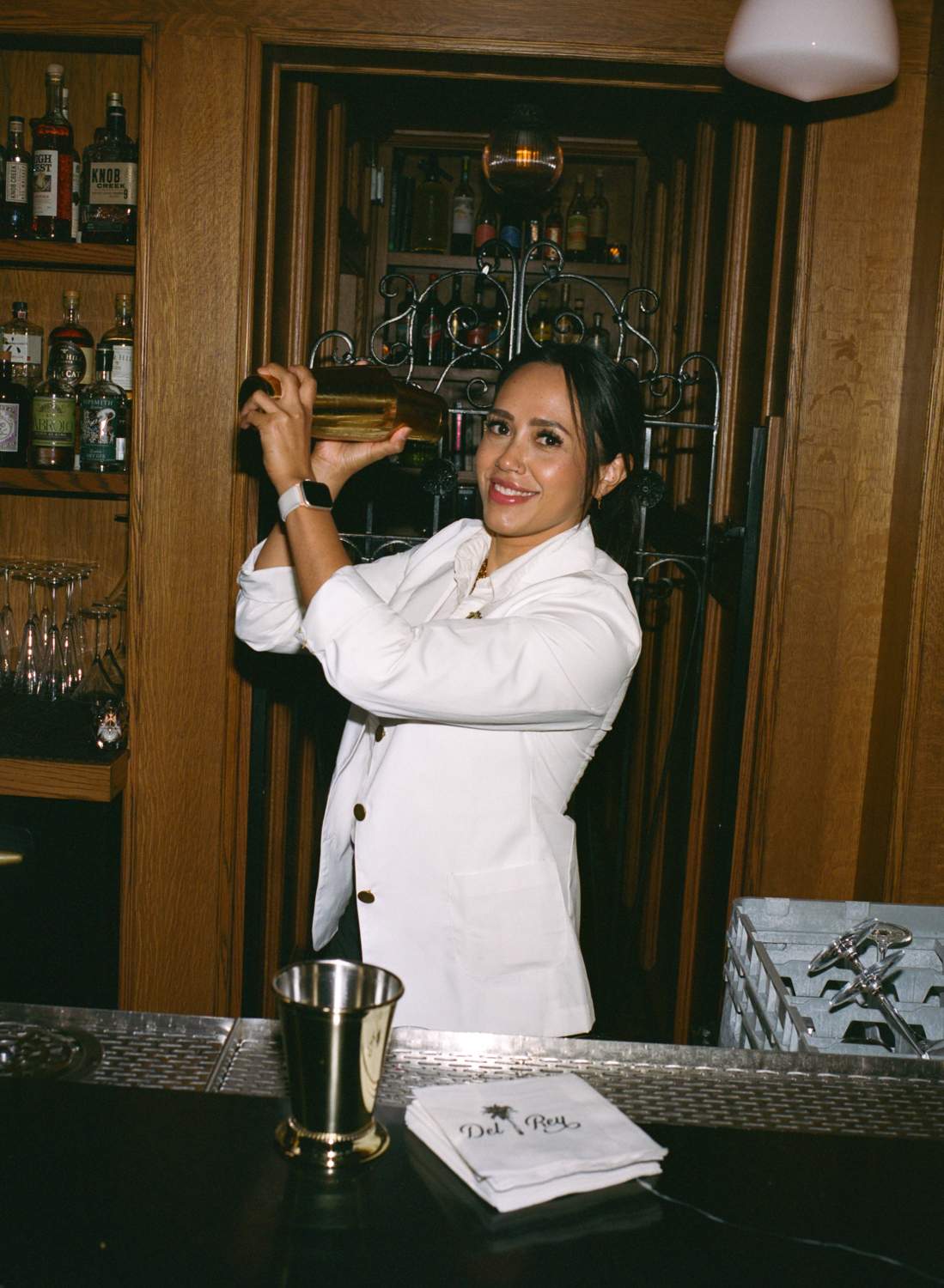
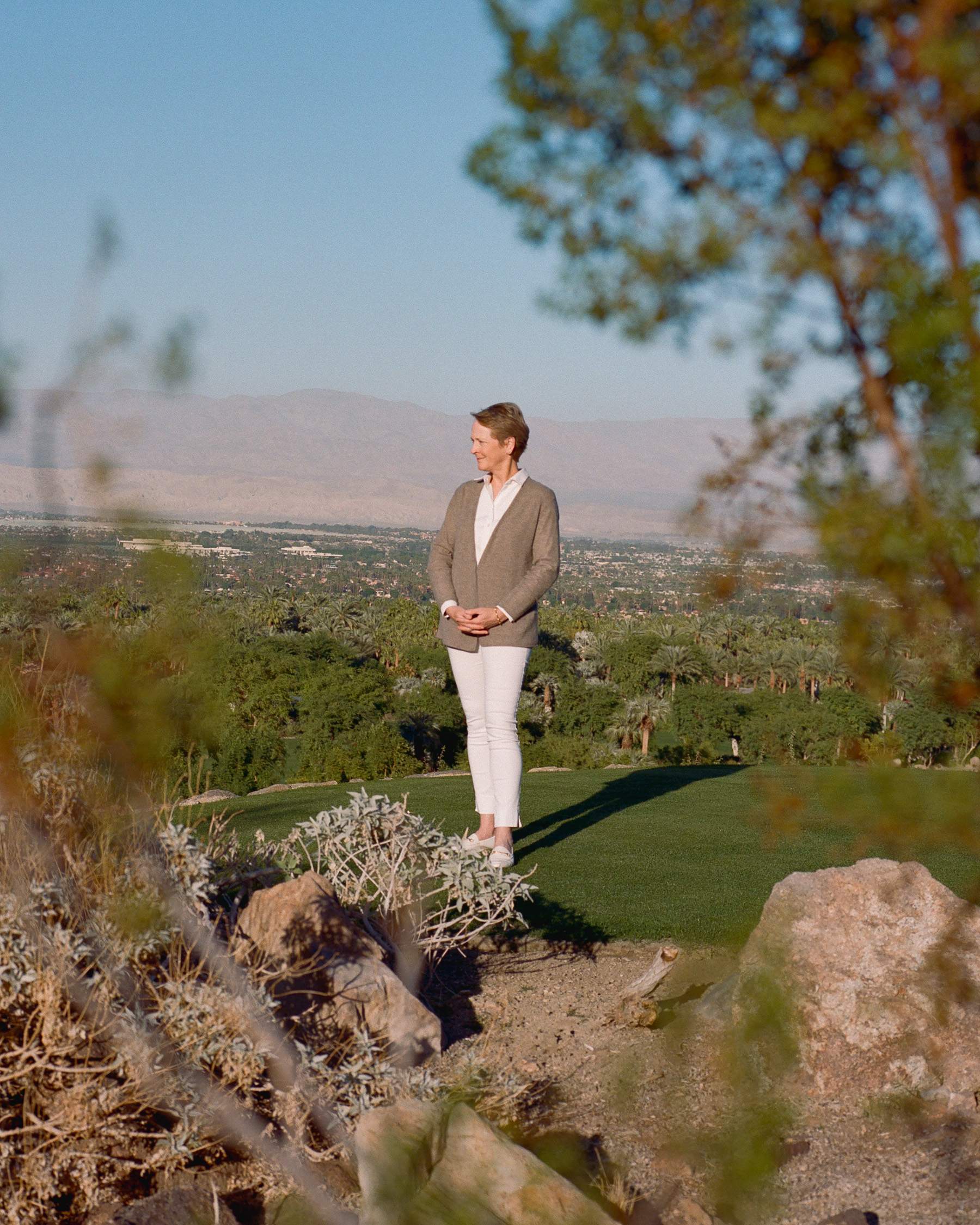
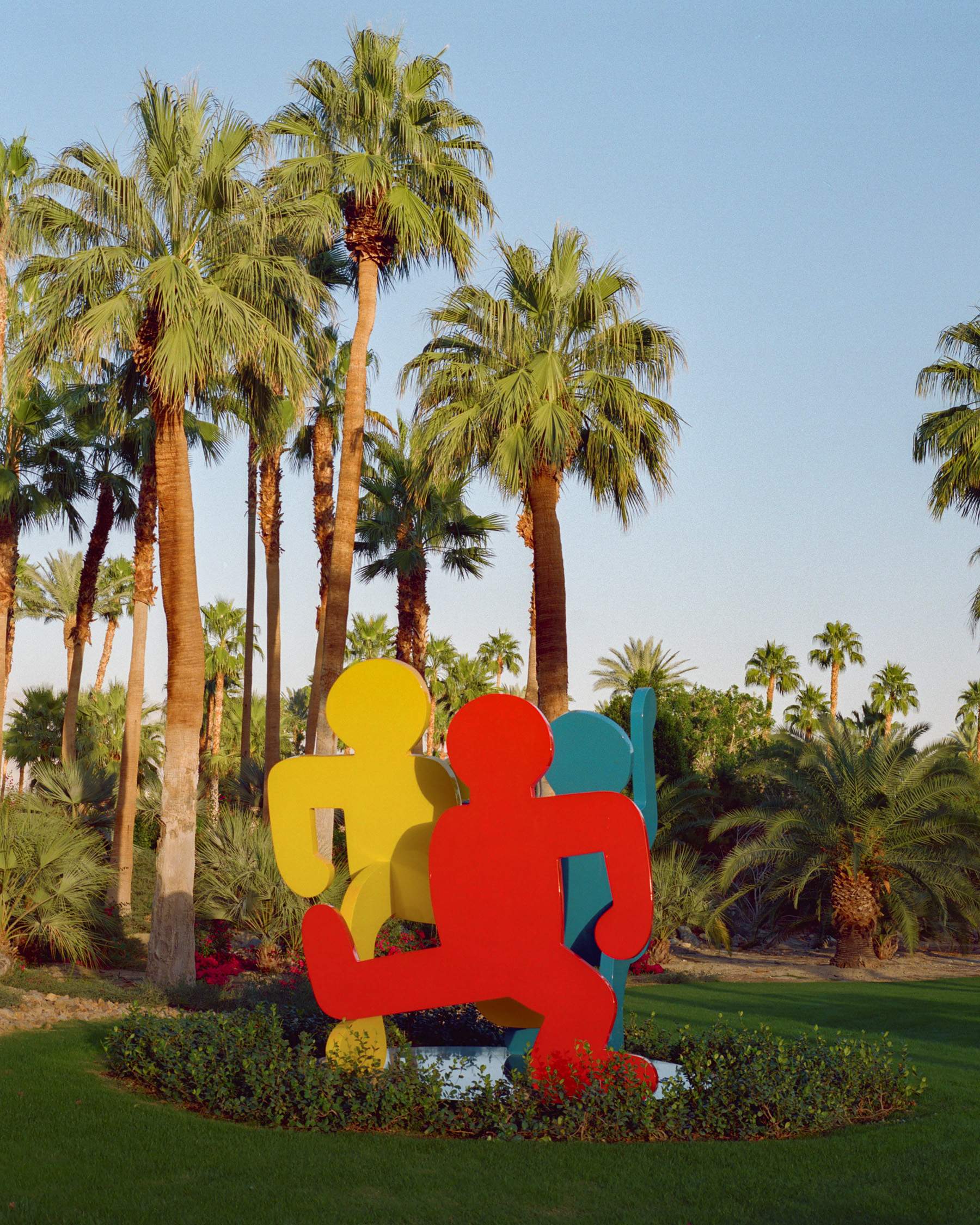
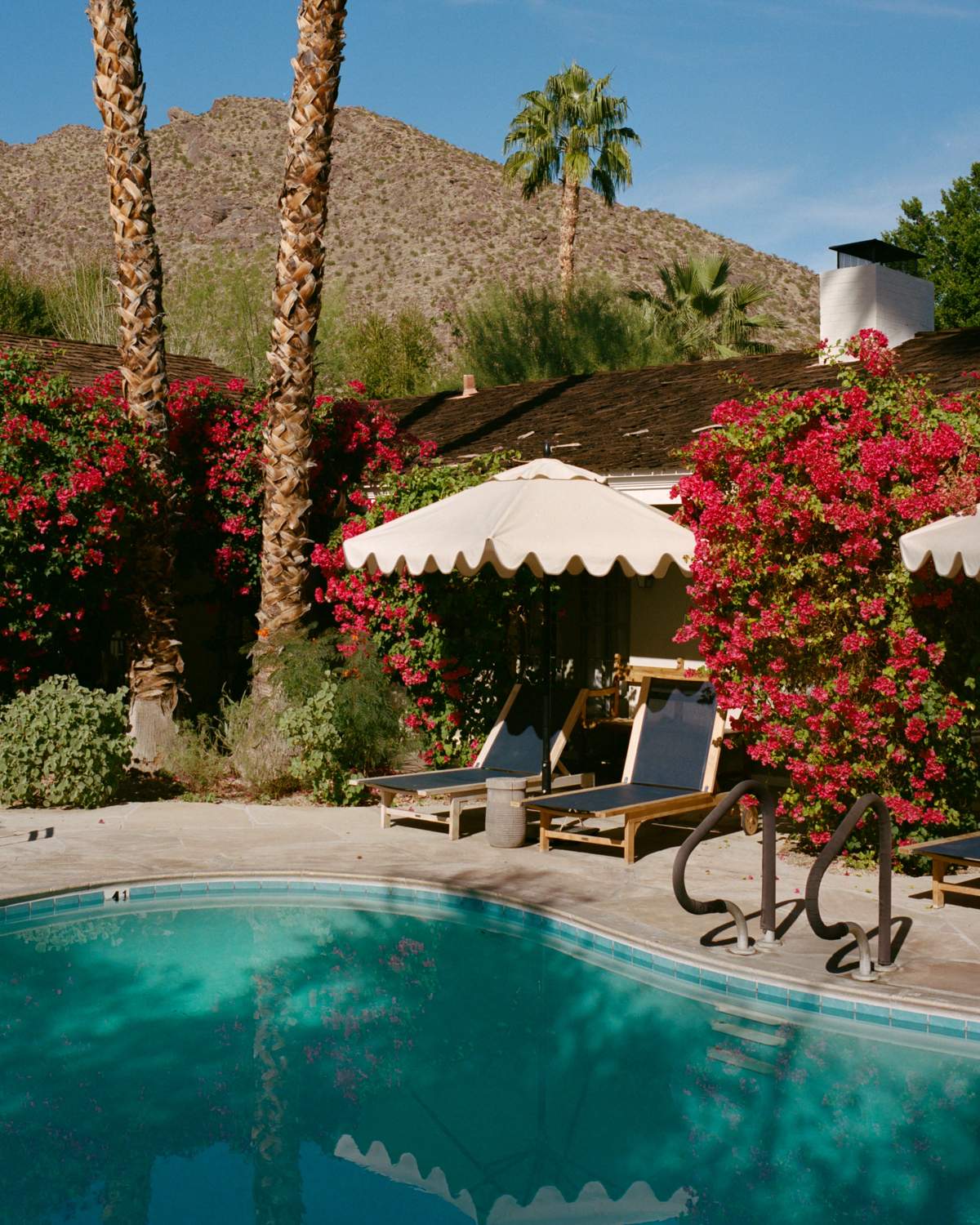
The most inspiring stay is Sensei Porcupine Creek, a hotel at the end of a winding street of mid-century modern bungalows in Rancho Mirage, a community in Greater Palm Springs. The resort, on the estate of technology entrepreneur Larry Ellison, sits on 93 hectares of desert garden interwoven with a manicured golf course. Amid this otherworldly landscape of succulents and meandering trails perfumed by the musk of the creosote bush is Ellison’s extensive sculpture collection, including a stack of Keith Haring’s red, yellow and blue figures – a shock of colour peeking out from behind the palm trees.
Despite all the space, there are only 22 places to stay on the property, comprising standalone villas dotted through the grounds and suites in the single-storey estate house, which also contains a Nobu restaurant. The bedrooms are understated, verging on spartan, with light wooden interiors and vast windows that frame the gardens beyond. Staff say that the design is about drawing the eye to the estate’s abundant nature rather than the hotel itself, even if it is choreographed: the waterfalls that bubble through the grounds subtly change their cascade according to the time of day, calming to a restful flow after dark.
“There’s science to all of it,” says Julie Oliff, the Swiss-born general manager, as she drives Monocle along one of Sensei’s canyon trails in a golf cart. Stretching out below us is the hotel’s canopy of 4,000 palm trees and one of its bright-blue tennis courts, where a bobcat is known to sleep in the midday heat. Like many of her colleagues, Oliff came to Sensei from running premium hotels around the US and takes a high-minded view of the work they are doing in the Coachella Valley. “Our mission is to guide the world to greater wellbeing,” she says.
Ellison co-founded Sensei with David Agus, an author and physician whose book on healthy living sits on the hotel’s bedside tables. Sensei offers guests an “intention-setting” session with a member of its dedicated wellness team to find out what they would like to get out of their stay, whether in terms of fitness or rest. In practice, this means having your blood pressure and some biometrics checked and signing up for yoga, exercise or meditation.
“Wellness is a term that has been used too loosely and way too often, just as ‘boutique hotels’ was about 25 years ago,” says Alexandra Walterspiel, Sensei’s German-born president and CEO. “We just help guests to find opportunity in carving out time for themselves.” That said, Sensei is still a resort that keeps an excellent wine list and will serve a club sandwich poolside. It’s also a premium hotel that sets a new bar for an overnight stay in this valley.
Back in town, the most sought-after table is at Bar Cecil, a corner restaurant where trays of oysters and martinis are whisked through a candlelit dining room. Over the din of a Tuesday evening, co-founder John Janulis explains that there’s fierce competition to get a reservation here. He came to Palm Springs to restore and reopen the once-derelict Villa Royale and believes that now is a moment of great opportunity for those who want to refresh hospitality in town. “It’s the most unique city in America,” says Janulis. “For a lot of people, coming to Palm Springs means instant vacation.”
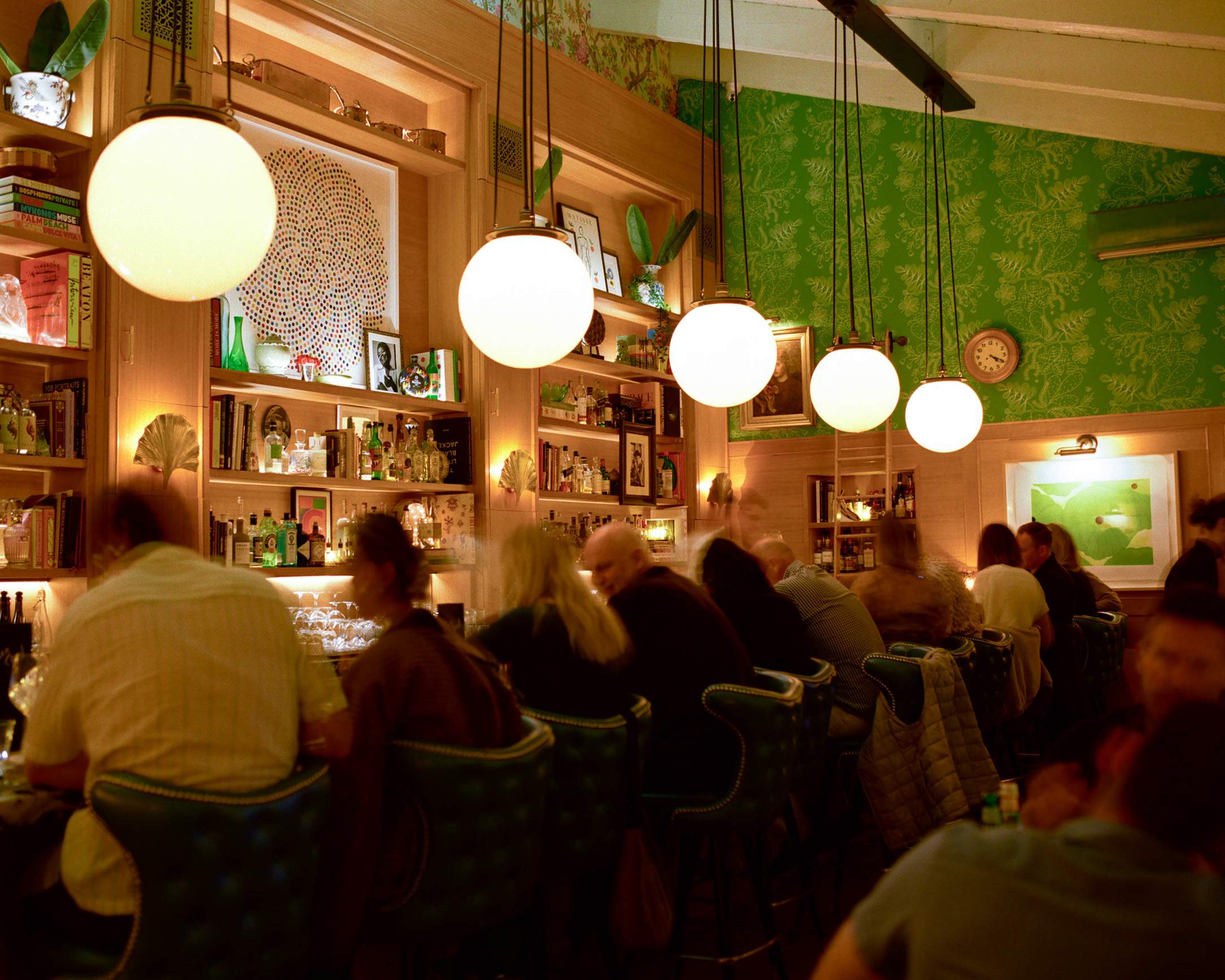
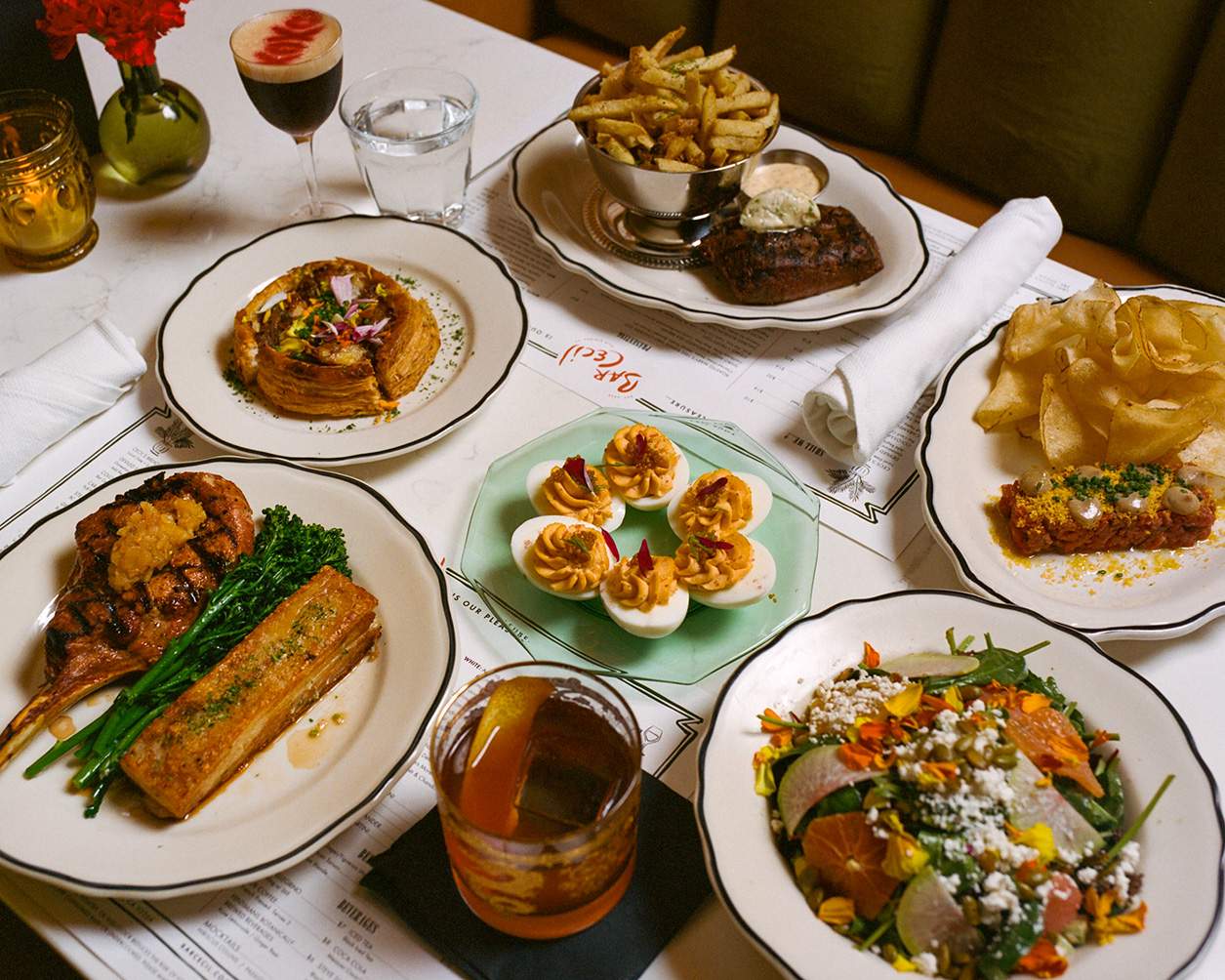
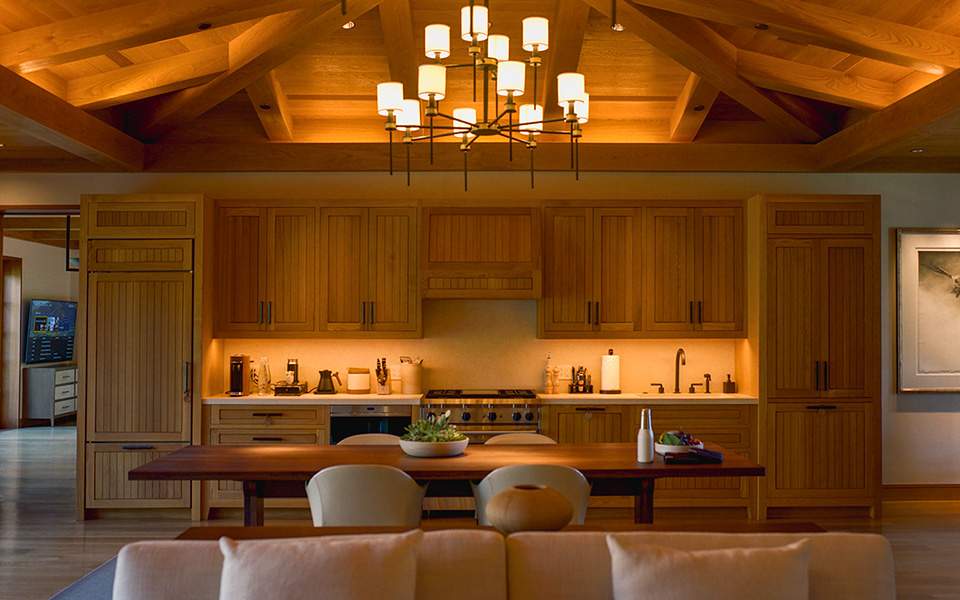
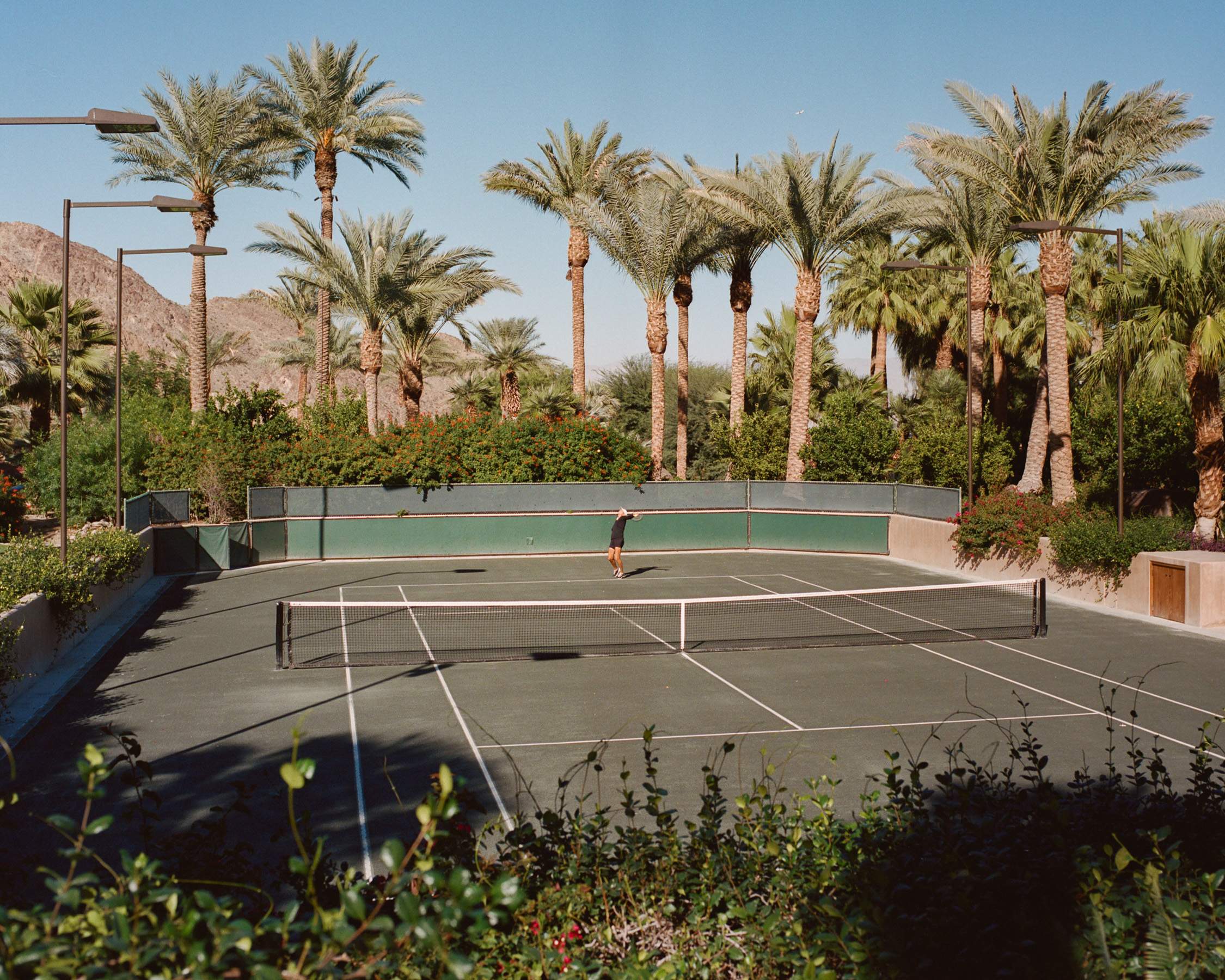
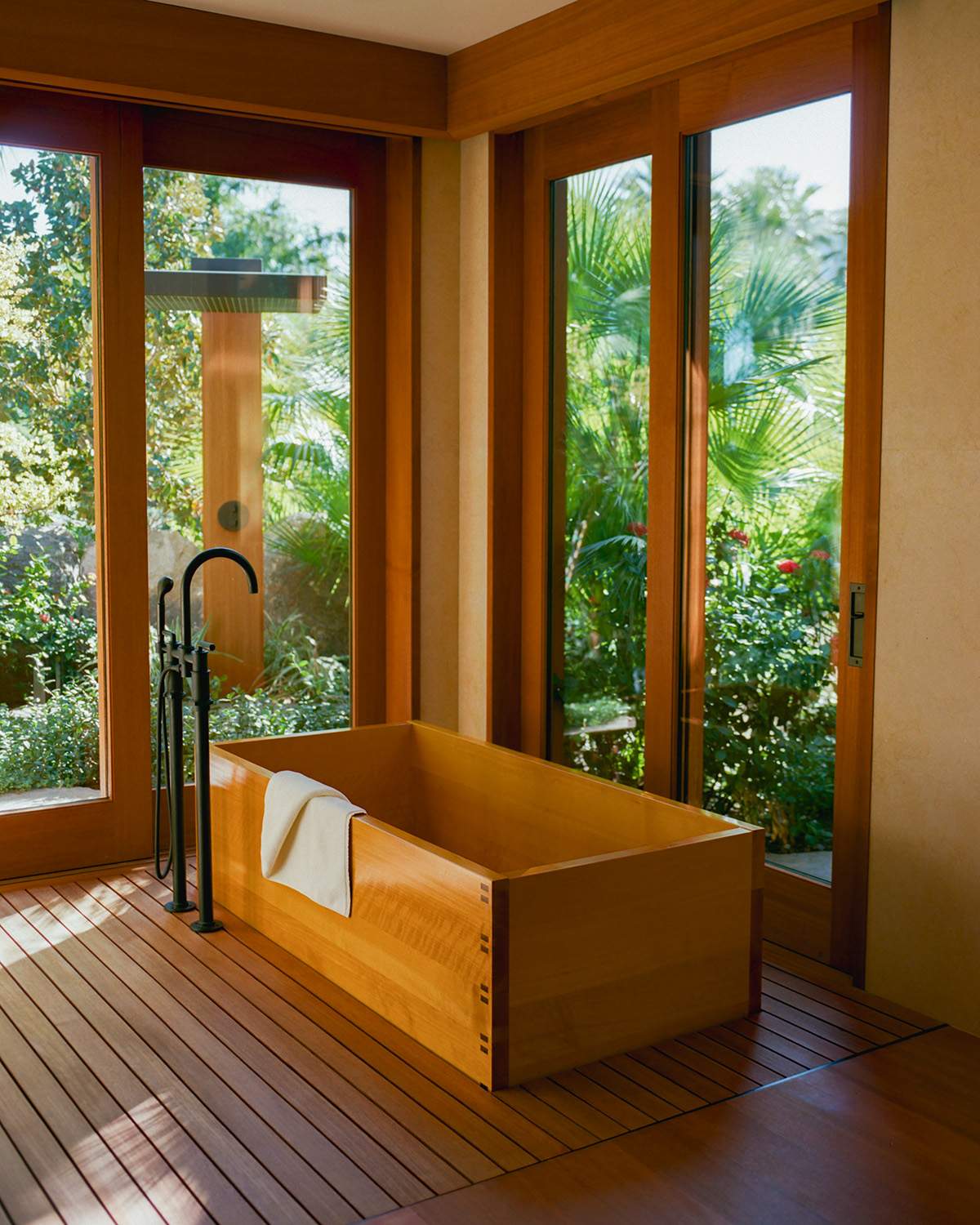
Entrepreneurs such as Janulis say that it’s not a case of reinventing Palm Springs but re-energising what is already there. Even the Ace Hotel and Swim Club, which opened 15 years ago and was the first to tap into the Coachella crowd, is soon to be remodelled. “The property was originally a Howard Johnson motor lodge and we turned it into a desert retreat,” says Roman Alonso, founder of LA-based Commune Design, which was responsible for the original Ace and is coming back to spruce it up. He says that Palm Springs is being born again.
The past few years have seen several sensitive restorations take place that have breathed fresh life into old lodgings. Azure Sky, which reopened in 2022, took the bones of an old motel and brought a sense of spaciousness and light back into the rooms. Casa Cody, in downtown Palm Springs, is a hotel that hosted Hollywood stars throughout the 1930s and once belonged to Harriet Cody, a cousin of cowboy showman Buffalo Bill. “We wanted to keep the residential feel of the estate in the design and the renovation,” says Carolyn Schneider, co-founder of the Casetta Group, which added muted colours to Cody’s old home that emphasise the bright bougainvillaea spilling over the walls and roofs. Orange and grapefruit trees give shade to the gardens.
Preservation is a relatively new phenomenon in Palm Springs. After the mid-century boom, the city stagnated. By the 1990s its architectural marvels had been mostly forgotten. “They were intact but neglected,” says Peter Moruzzi, an architectural historian who formed the Palm Springs Modern Committee in 1999 to safeguard mid-century masterpieces around town that were threatened with demolition, starting with Albert Frey’s Fire Station No 1.
Moruzzi and his partner, Lauren LeBaron, first came to the city in 1991. “I instantly loved the mountains, the air, the palm trees,” says Moruzzi. “Then we noticed all this mid-century stuff just sitting there, still in pretty good shape.” The couple have meticulously restored a 1950s “tract home”, built for the middle classes in the modernist designs favoured by Hollywood stars. Every February they let the public in during Modernism Week, to sit beside their twinkling pool, in the shade of two crossed palms, and admire the oddity that is the indoor barbecue. “A short-lived fad of the time,” says Moruzzi. These houses were undervalued in the 1990s, when nobody cared about Palm Springs modernism, but nearby houses now sell for millions of dollars. “We get a lot of guests booking to stay here because they would like to buy a house in Palm Springs,” says Bruno Santos, the general manager of Colony Palms, a grand old hotel with verdant verandas and green-striped parasols. It opened in 1936 and was reputedly owned by mobster and bootlegger Al Wertheimer, who ran a speakeasy and gambling den in the basement; a mural has survived from the time showing a bacchanalian scene of cavorting women.
“It’s the most unique city in America. For a lot of people, coming to Palm Springs means instant vacation”
The Colony Palms was restored by Steve Hermann, a Montecito-based designer turned hotelier who has recently expanded L’Horizon, his other hotel in town, with bungalows that take cues from mid-century design. Spend enough time in Palm Springs and the pools and palms start to blur together; one blue-skied David Hockney painting after the next. Like the shifting lines that dance across a swimming pool in the midday sun, the city is moving with the times while retaining its sense of mid-century allure. Celebrated artist Phillip K Smith III, a self-professed “desert rat”, grew up in the Coachella Valley and returned to Palm Springs after studying at the Rhode Island School of Design. “I missed the brown mountains, the horizon,” Smith tells Monocle. His sculptural light pieces change colour almost imperceptibly, creating an effect similar to that of a gentle sunrise or sunset in these parts. “The desert I’m talking about doesn’t necessarily have tennis courts, golf courses and pools,” he says. “It’s about going there to disconnect.”
From the windows of his studio, Smith can watch a grand light show as the mountains change from red to black. “It is a totally natural phenomenon that happens every day,” he says. “All you have to do it is to stop and look.”
Palm Springs address book
Stay
Sensei Porcupine Creek
A retreat-like stay on vast grounds where privacy and peacefulness are prized.
sensei.com
Eat
Bar Cecil
Convivial corner restaurant with sought-after reservations that’s a tribute to Cecil Beaton.
barcecil.com
Drink
The Copper Room
It’s worth the trip out of town to this lovingly-restored lounge at the old Yucca Valley Airport.
thecopperroom1957.com
See
‘Albert Frey: Inventive Modernist’
The Palm Springs Art Museum has a long-awaited exhibition dedicated to the architect who defined the city. Until August.
psmuseum.org


